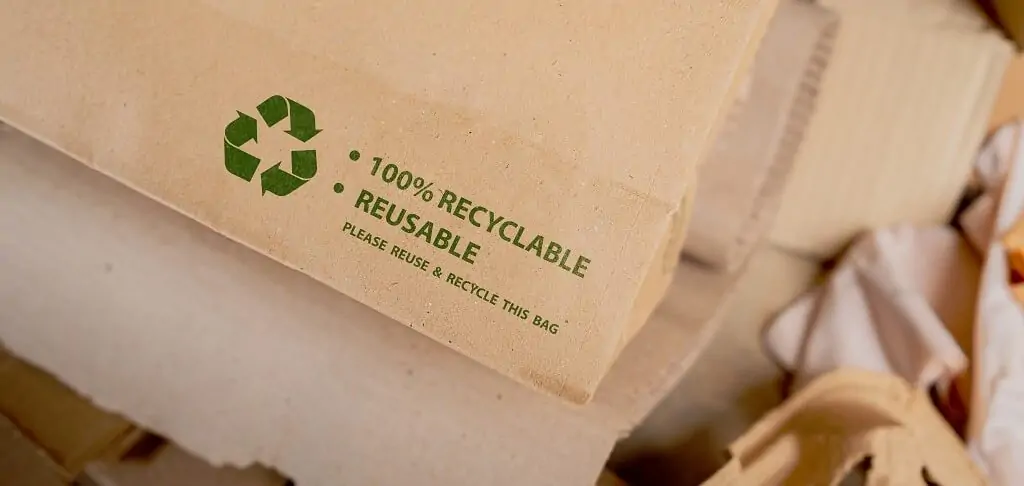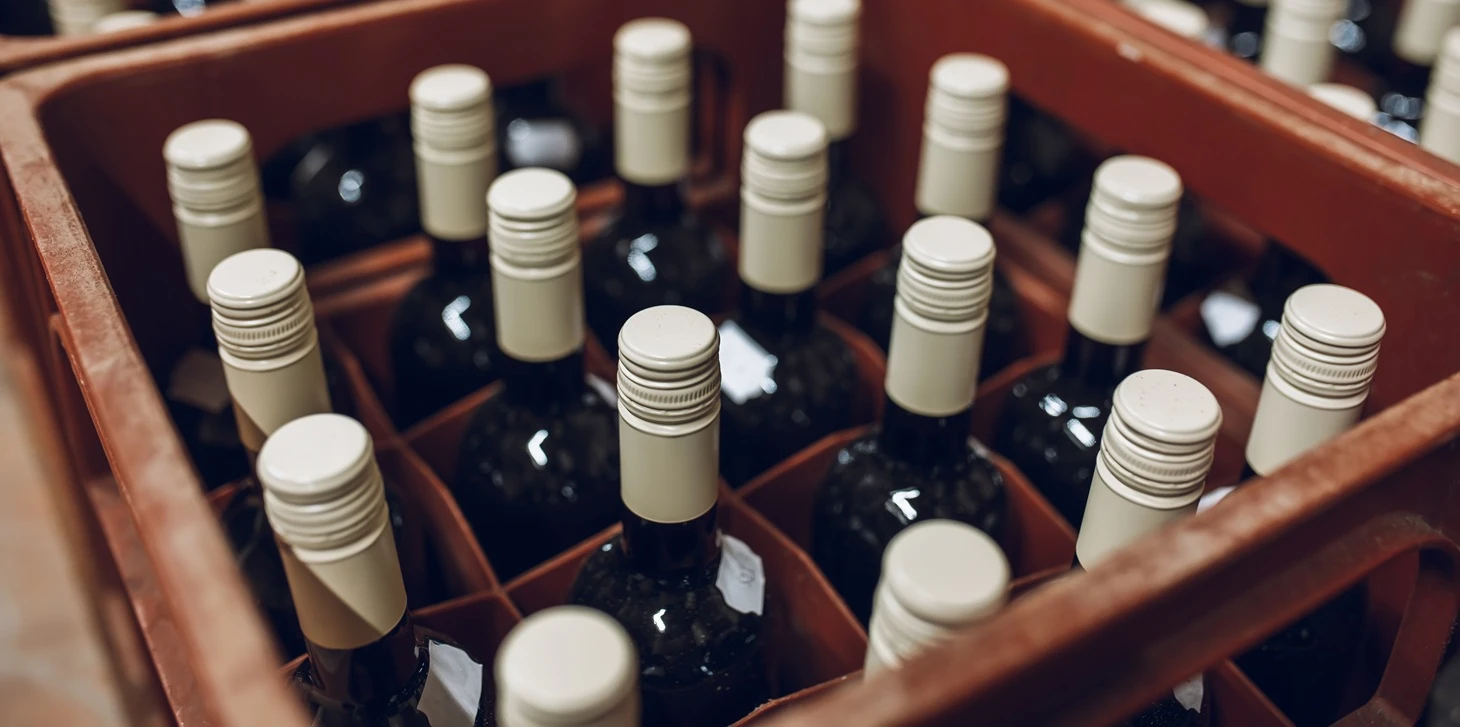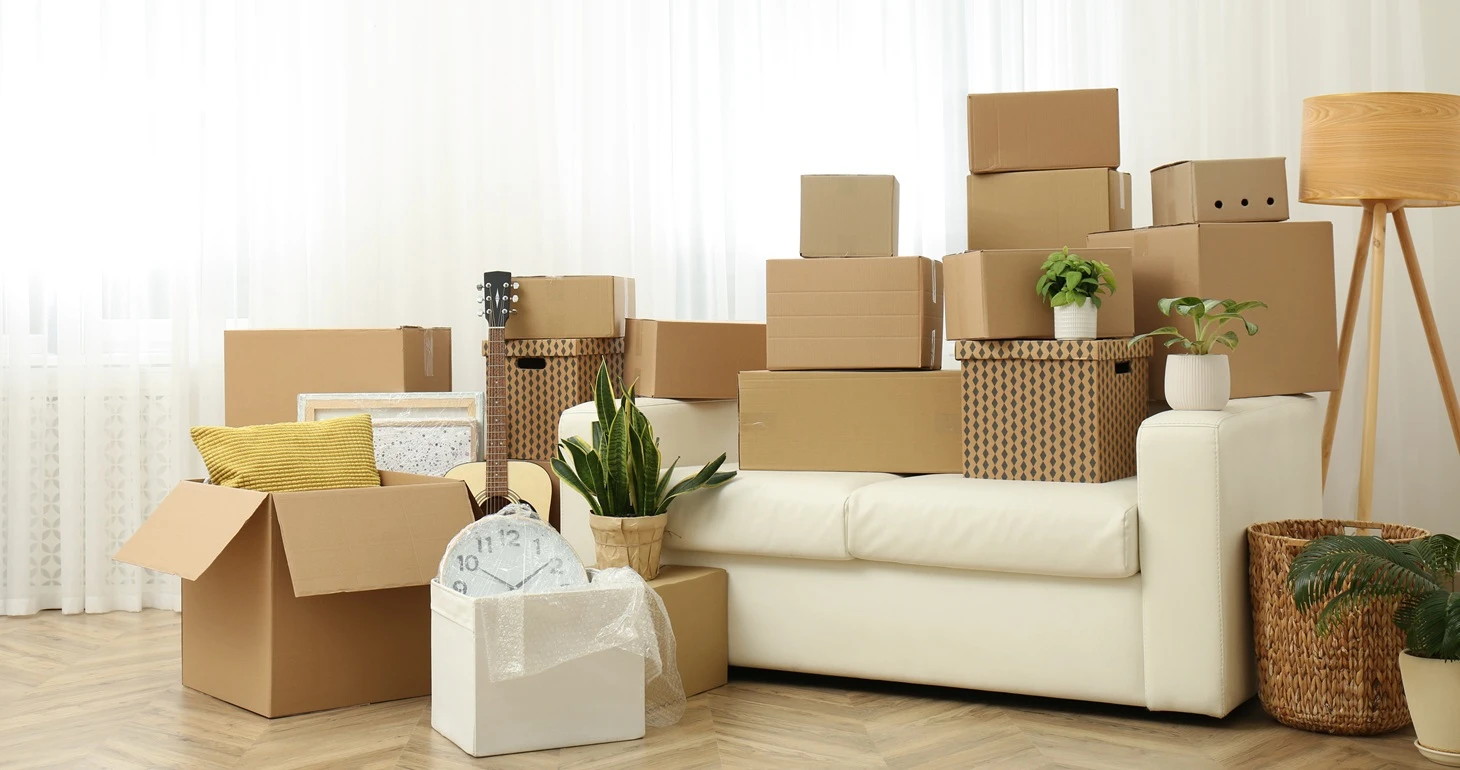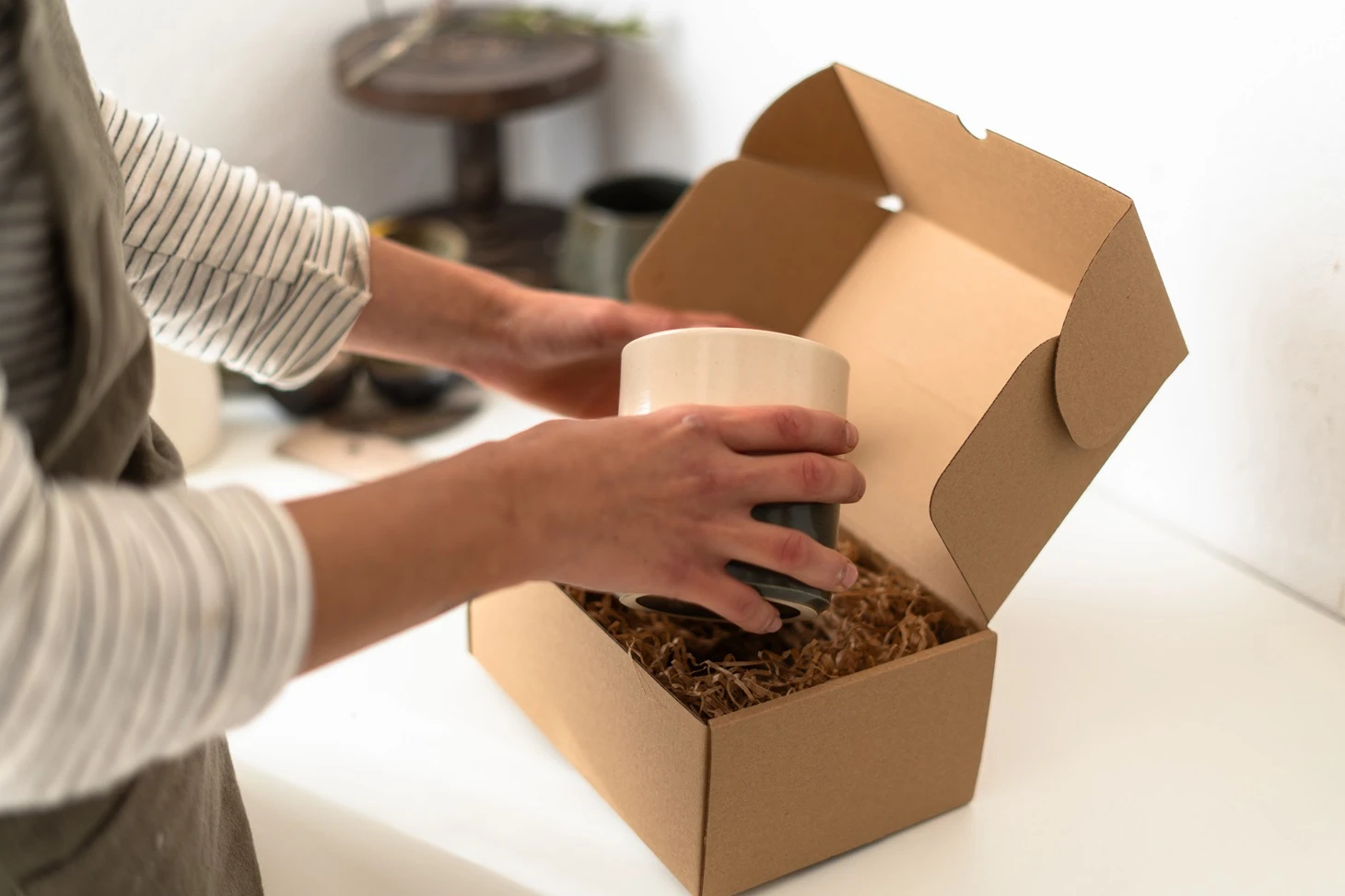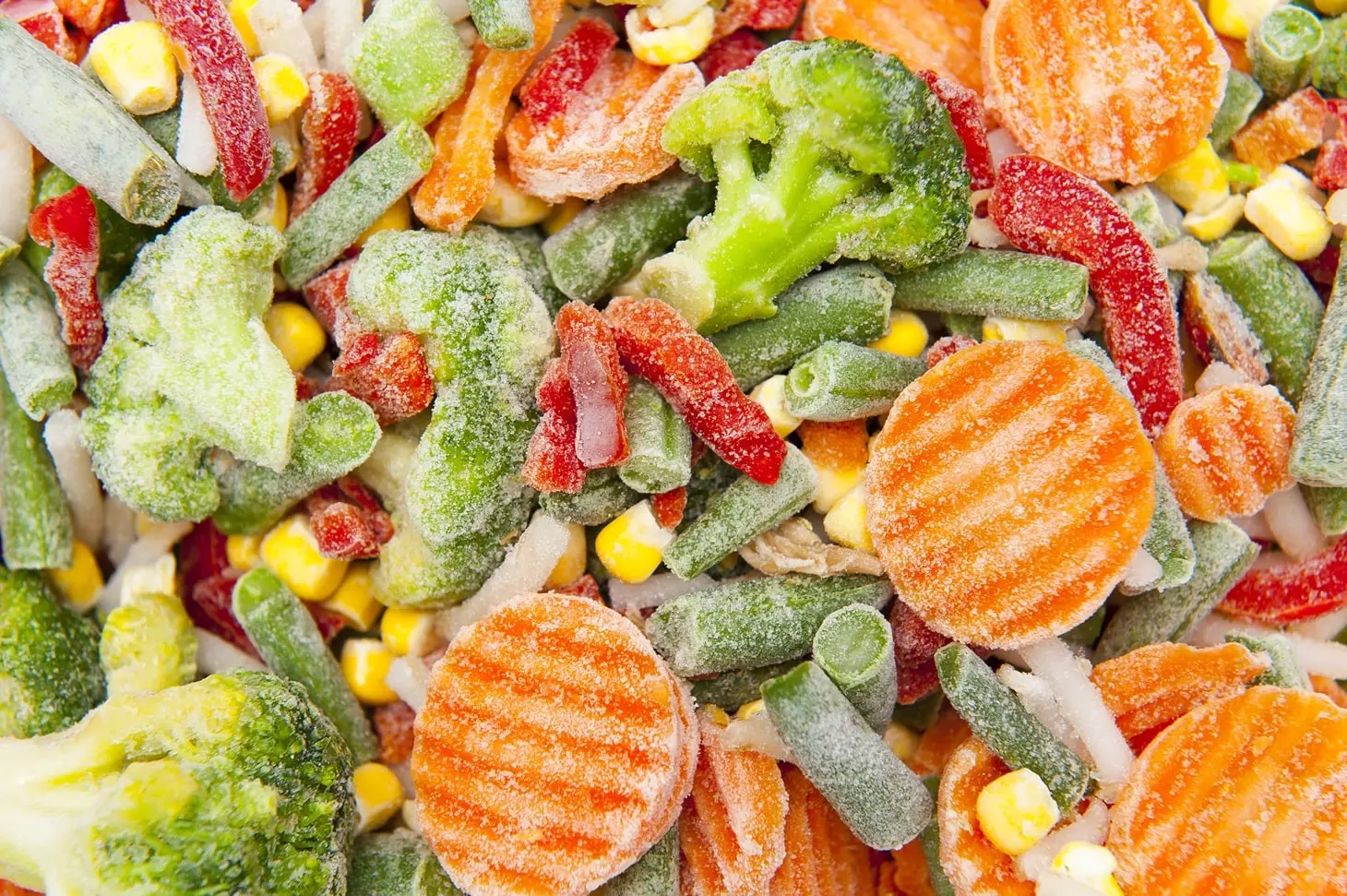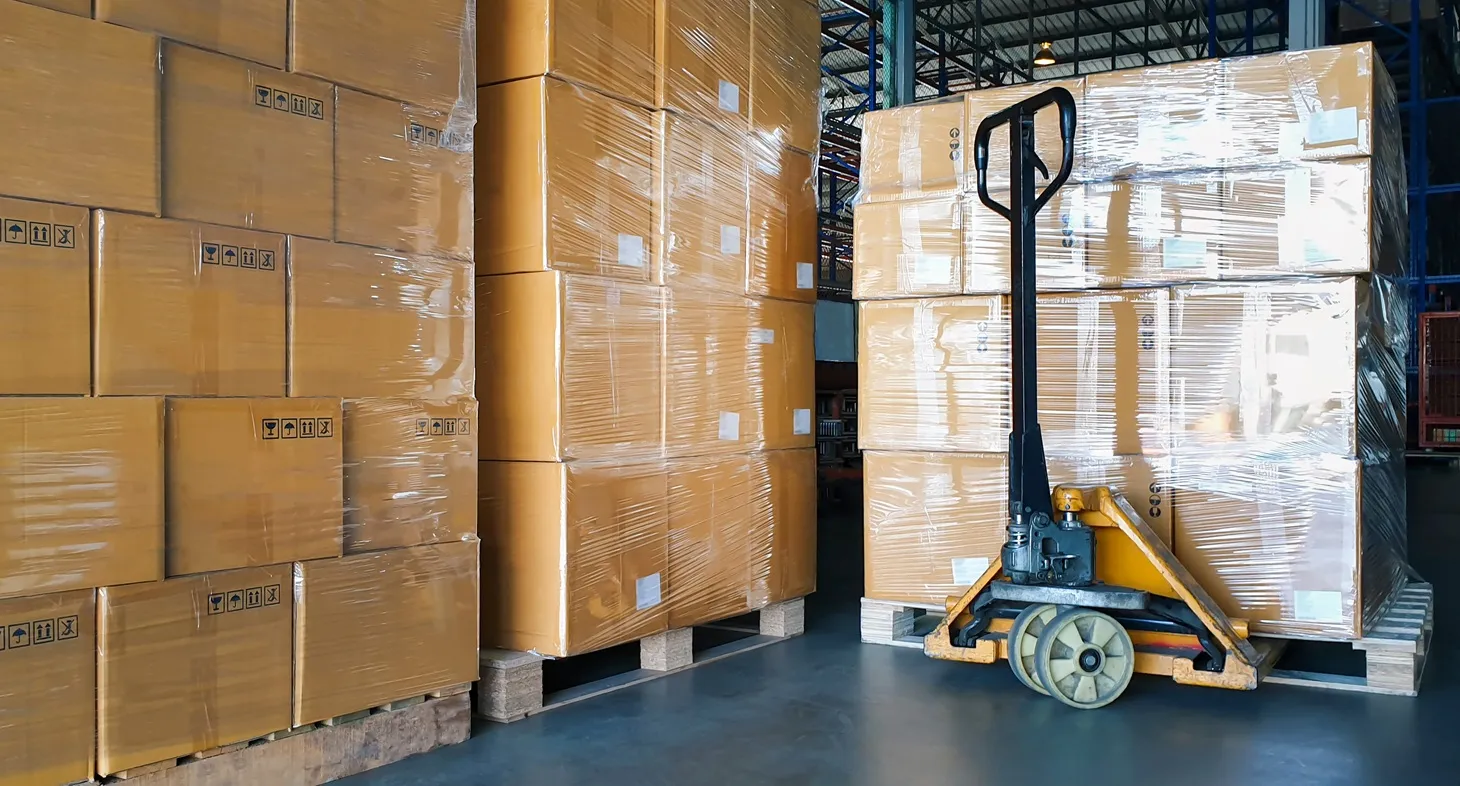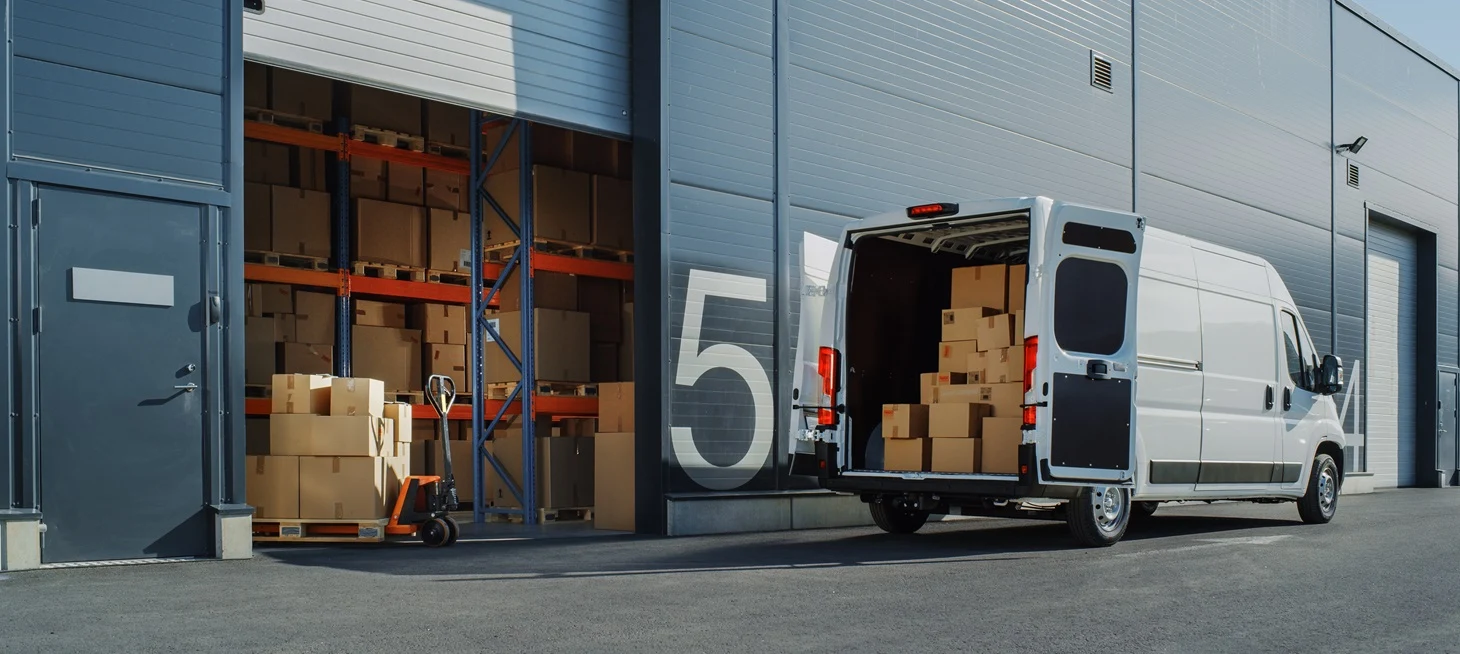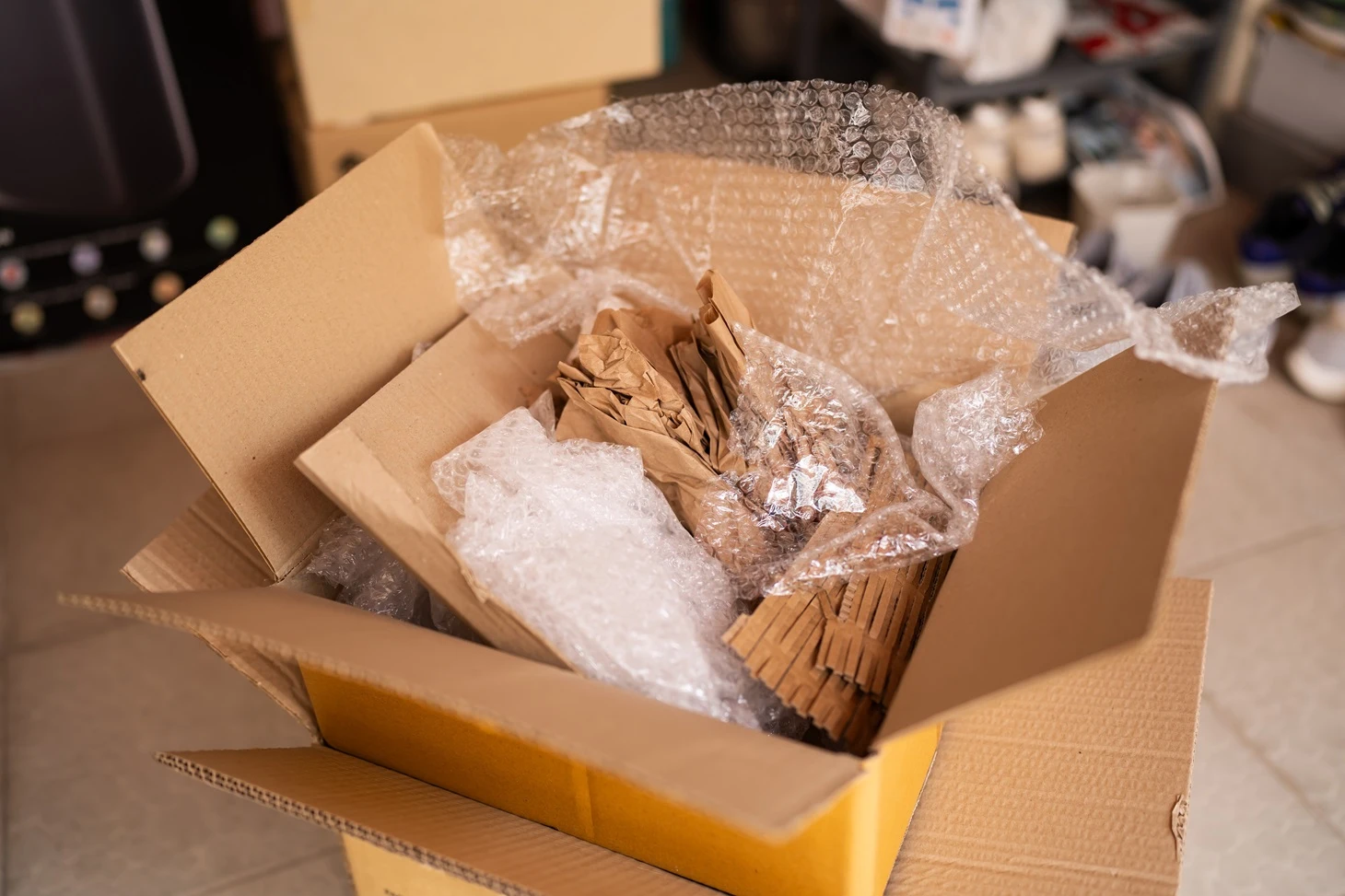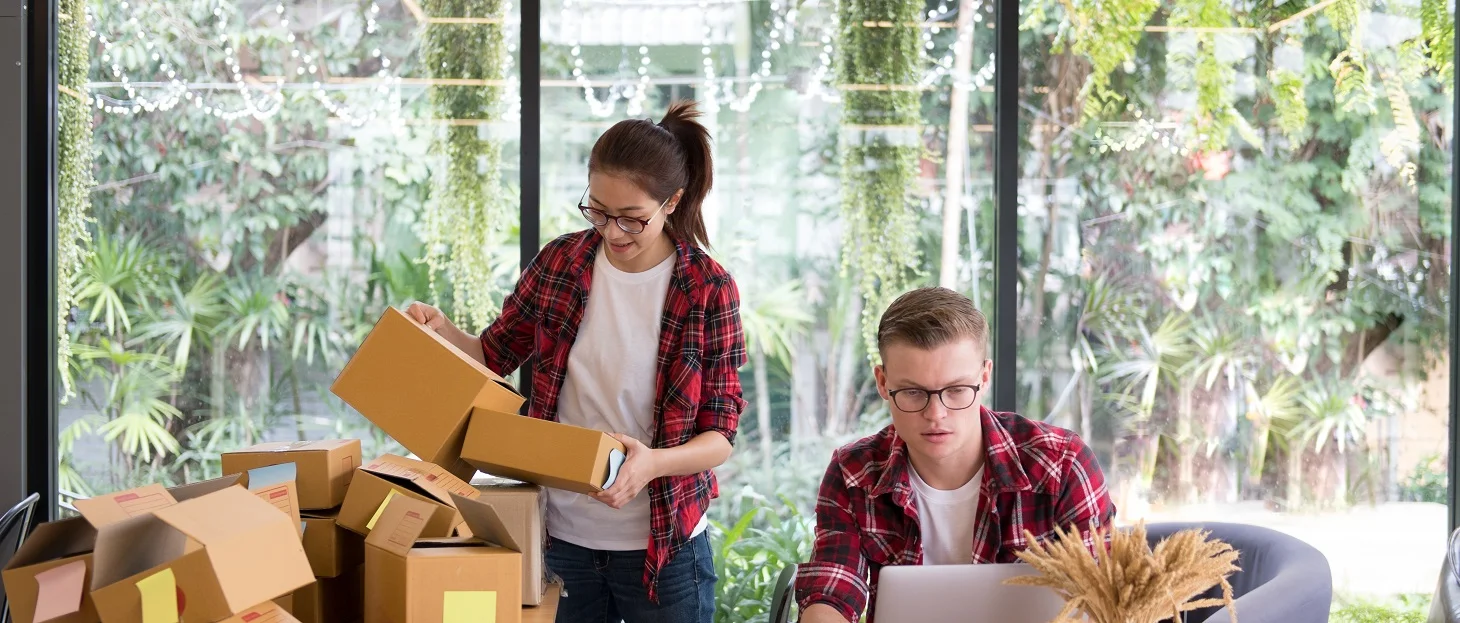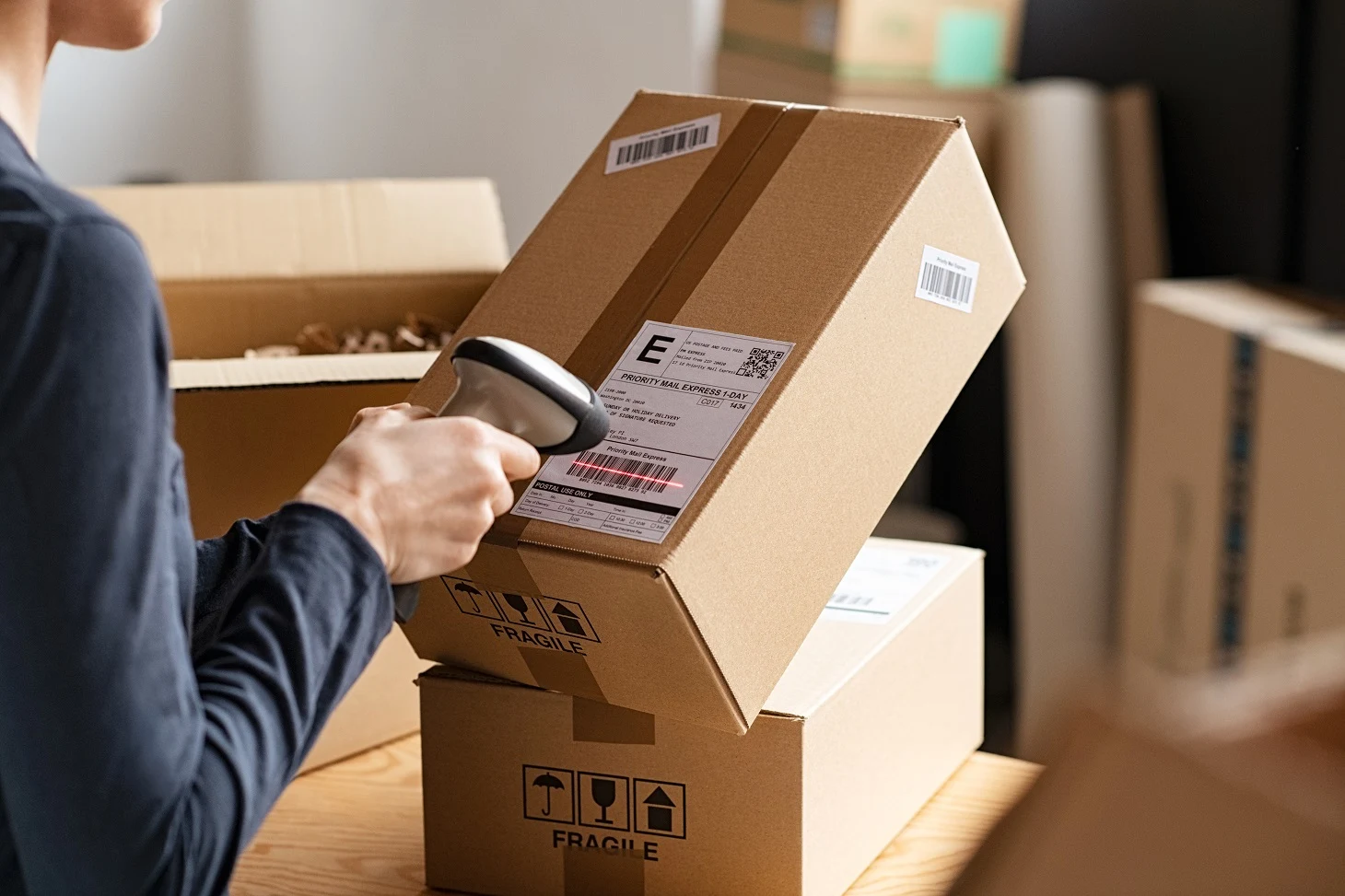Table of Contents
- Are Cardboard Boxes Recyclable? Understanding the Basics
- How to Save Money on Recycling Your Business’s Cardboard Waste
- Professional Cardboard Waste Management: Why You Should Hire a Commercial Recycling Company
- How to Prepare Cardboard for Recycling: Best Practices
- How Cardboard Is Recycled: Understanding the Process
- Alternative Cardboard Recycling Methods: Thinking Outside the Box
Consumers appreciate the convenience of online shopping and delivering packages directly to our door. Yet, we only sometimes consider the environmental impact of the boxes and packaging used.
One of the easiest ways to contribute towards a circular economy is to recycle cardboard boxes – it reduces landfill waste, uses less raw materials and energy, and contributes positively towards job creation.
And, if your business uses wholesale shipping boxes, you’ll want to ensure they’re recyclable because it’s a win-win for you and your customers.
So, here’s everything you need to know about recycling corrugated cardboard boxes (Yes, corrugated boxes are best, keep reading to find out why.)
Are Cardboard Boxes Recyclable? Understanding the Basics
Most forms of cardboard are recyclable, including corrugated cardboard and paperboard. According to the American Forest & Paper Association, old corrugated cardboard/containers (OCC) have an incredibly high recycling rate of 96.4%!
Corrugated boxes are the best for recycling. That’s because they’re made from recycled cardboard and paper and can be recycled again after use. They are also lightweight and space-efficient, making them easier to transport and store.
On the other hand, used pizza boxes with oil stains or food remnants, as well as boxes soaked with chemicals from cleaning supplies or other household products, should not be put in the recycling bin as these substances can contaminate the cardboard and compromise the recycling process.
Such spoiled paper products should be thrown in the trash (or compost, depending on your home/municipal capabilities). Generally, all uncontaminated empty cardboard boxes are recyclable; however, when it comes to cereal boxes and milk cartons, separate rules may apply, so check with your municipality.
How to Save Money on Recycling Your Business’s Cardboard Waste
Investing in a cardboard shredder or box perforator may be a good idea to reduce costs on future packaging materials. This will allow you to turn used cardboard boxes and other waste into void filling for packing and shipping.
Alternatively, you could purchase a cardboard baler, which compresses cardboard waste into a bale, freeing up space and creating a potential new revenue stream. If you plan to sell the bales to a local recycling company, weigh them first to ensure a fair price (the average price per ton of recycled cardboard in North America is between $50- $90).
Not only are you saving money, but you’re also investing in sustainable business practices that are better for the environment.
Professional Cardboard Waste Management: Why You Should Hire a Commercial Recycling Company
Handling a large amount of cardboard waste can be complex, but a recycling company can make it easier. Certified companies are trained to follow all regulations and recycle cardboard in an environmentally friendly manner.
They will take care of sorting and recycling cardboard, saving you the time and effort of sorting, breaking down, and compacting it. Plus, you won’t have to invest in expensive equipment, such as forklifts, balers, or shredders.
By partnering with a recycling service, your business can assess and reduce its cardboard waste, optimize its recycling efforts, and address its paper, cardboard, and plastic recycling needs.
Additionally, your company will automatically comply with local recycling laws and demonstrate its commitment to the environment, increasing customer and employee loyalty, as many individuals prefer working for and buying from environmentally-friendly businesses.
How to Prepare Cardboard for Recycling: Best Practices

1. Removing Non-Recyclable Cardboard: Sorting Your Waste
Go through the discarded cardboard and remove any items not meant for recycling. This includes containers stained with food or cardboard treated with wax or other substances to make them waterproof.
Look at these containers for a recycling symbol, which is usually a triangle made up of three arrows, and any directions (e.g., “rinse and replace cap”). Throw out any coated cardboard items that don’t have this symbol. The non-recyclables should be disposed of as regular trash or by your local community’s recommendation.
2. Removing Tape, Staples, and More: Preparing Cardboard for Recycling
Do you have to remove the tape from the cardboard for recycling? Yes, you do. To participate in a community recycling program, you must remove non-cardboard materials from cardboard boxes, like packing foam, bubble products, tape, or staples. Take out the plastic bags or inserts inside cereal boxes and other dry food containers.
3. Cutting Large Pieces: Making Cardboard Recycling Easier
Cutting cardboard when recycling is important because it helps reduce the cardboard’s size. This makes it easier to transport, store and process the cardboard for recycling. It also removes contaminants such as dirt, tape, and glue that can contaminate the recycling process. As a rule of thumb, if a corrugated cardboard box is too big to fit into a recycling bin, then it should be cut up.
4. Flattening and Bundling the Cardboard: Maximizing Space
In many communities, corrugated box recycling programs require that cardboard be bundled with twine. This is necessary when weatherproof recycling bins are unavailable, as tying the cardboard together prevents the wind from scattering it. Furthermore, it makes pickup simpler for those collecting the recycling.
5. Completing the Recycling Process: Cardboard Sent for Recycling
If your community has a recycling program, you may be instructed to toss loose cardboard into a large recycling container before the pickup day or set out tied bundles of cardboard at the curb or alley on the morning of scheduled pickup. However, don’t leave the piles out in wet weather, as this will make pickup difficult.
If your community has no established recycling program or you live in a rural area, you must transport the bundled cardboard to a commercial recycling center. Before doing so, make sure to call ahead so you can comply with whatever preparation steps are required.
It’s important to note that some collectors will not take wet cardboard or paperboard, as wetness weakens the cardboard fibers and makes them less valuable for recycling centers. It also adds unnecessary weight to the cardboard, which many centers don’t want to pay for.
How Cardboard Is Recycled: Understanding the Process
Once cardboard waste is delivered to a recycling facility, it is separated from other waste items and baled with a cardboard baler. The bales are then sent to a cardboard mill, shredded into small pieces. These pieces are then broken down further with a process that uses water and chemicals.
A pulping machine separates ink, plastics, and tape residue from the fine cardboard fibers. The fibers are mixed with water and pressed together for future manufacturing.
Then the fibers are rolled out, dried, and used to create new recycled paperboard or cardboard products. Recycled corrugated boxes will go through downcycling to form new paper products, while some will be layered to make thicker recycled cardboard boxes.
Alternative Cardboard Recycling Methods: Thinking Outside the Box
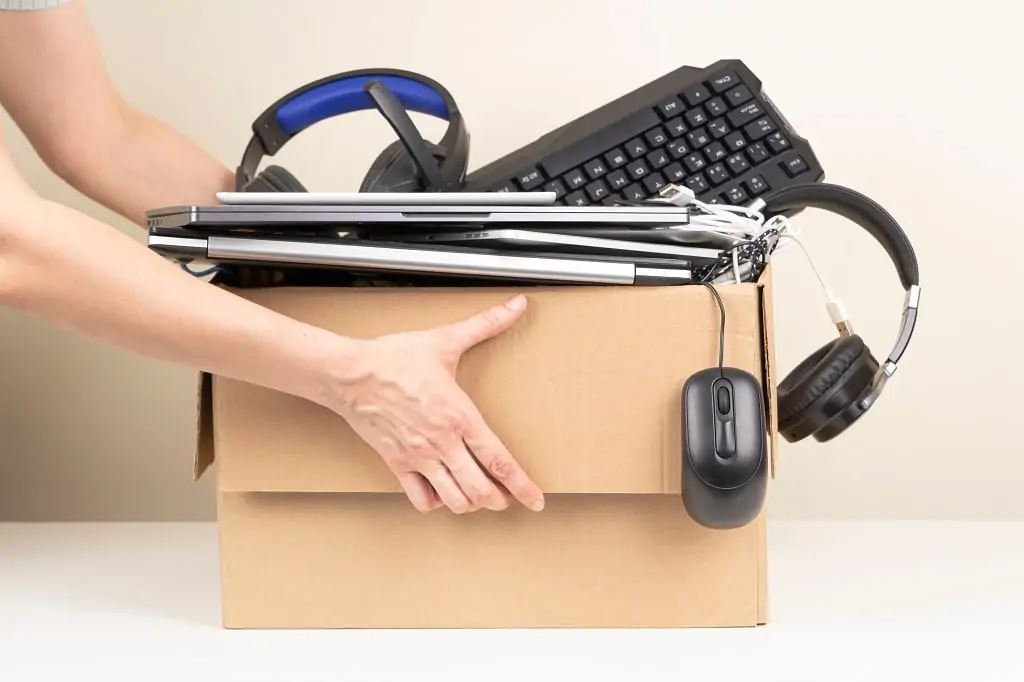
The best way to dispose of cardboard boxes is to reuse or compost them. Ultimately, they don’t need to be single-use items.
Composting Cardboard: A Sustainable Solution
You can easily recycle corrugated cardboard at home by adding it to a compost pile or bin. This is the perfect solution for cardboard saturated with water or rain since most recycling centers require dry cardboard.
This method of recycling not only helps reduce waste but also helps to fertilize the soil. To use cardboard in compost, remove all plastic, foil, tape, and Styrofoam pieces. Then, break the cardboard into small pieces to help it break down faster. It can be used wet and dry, though saturating it will help it decompose quicker.
Finally, combine the cardboard with green items in the compost to keep it moist and boost soil oxygen levels. With this cardboard recycling method, you can expect rich soil for planting within six to eight months.
Giving Cardboard a New Life: Use Them or Give Them Away for Reuse
If you have cardboard boxes you don’t need, don’t just recycle them – reuse them! These boxes can be refurbished into storage or moving boxes if they are kept in good condition. Ask your family and friends if they could benefit from them, or look into local community centers that may need them.
If the boxes are already broken down, there are still plenty of ways to reuse them. Use them as a drawer divider, a cat playground, on the floor for protection while painting or remodeling, or for shipping.
Top-Quality Boxes for All Your Packaging Needs: Choose Brandt Box
Now that you know how to recycle cardboard boxes, you might consider utilizing them more for your business packaging.
Shopping with us is a great way to reduce your environmental impact. By substituting plastic packing with cardboard, you can make a positive difference to the environment. And you can get high-quality, fully customized cardboard for the same price as the lowest quality plastic packaging.
Whatever product you need to send, Brandt Box has the right cardboard solution for you. We have more than 1,400 recyclable boxes in stock that can be delivered to you quickly, ranging from shipping cartons to mailers to bulk boxes. Contact us to find out about sizes and pricing.

